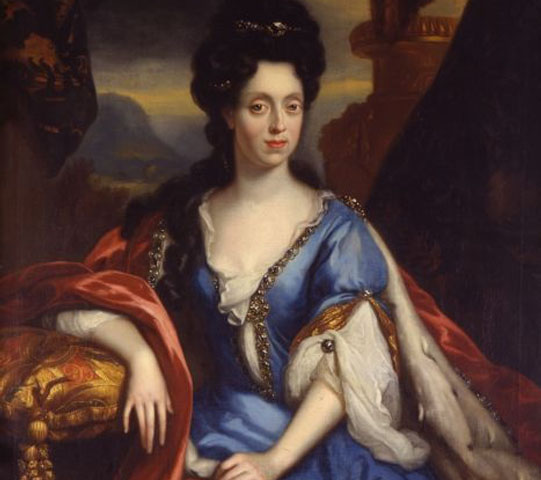
Il nome Medici è ben noto a Firenze e in tutto il mondo. La casa dei Medici era una famiglia di banchieri, una dinastia politica e in seguito una casa reale che iniziò a guadagnare importanza sotto Cosimo de’ Medici nella repubblica di Firenze nel corso del tardo XIV secolo. I Medici hanno avuto quattro papi, due regine di Francia e nel 1531 sono diventati i duchi ereditari di Firenze.
The Medici family name is well known in Florence and throughout the world. The House of Medici was a banking family, a political dynasty, and later a royal house that began gaining prominence under Cosimo de’ Medici in the Republic of Florence during the late 14th century. The Medici produced four popes and two regent queens of France and, in 1531, became hereditary Dukes of Florence.
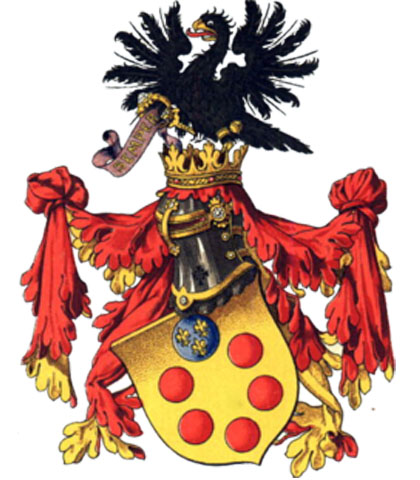
Per secoli Firenze ha prosperato sotto il dominio dei Medici; goduto di una grande ricchezza favorita dalle banche dei Medici, una delle istituzioni più prospere e rispettate d’Europa; ha anche prosperato artisticamente producendo un ambiente artistico e umanistico che la famiglia ha alimentato e promosso, ispirando la nascita del Rinascimento italiano. Si può dire che Firenze deve gran parte della sua fama e notorietà negli anni alla potente famiglia dei Medici.
For centuries Florence flourished under the Medici rule; it enjoyed great wealth fostered by the Medici Banks, one of the most prosperous and most respected institutions in Europe; it also flourished artistically through an environment of art and humanism that the family nurtured and fostered, which indeed inspired the birth of the Italian Renaissance. One could say that Florence owes quite a bit of its fame and notoriety over the years to the powerful Medici family.
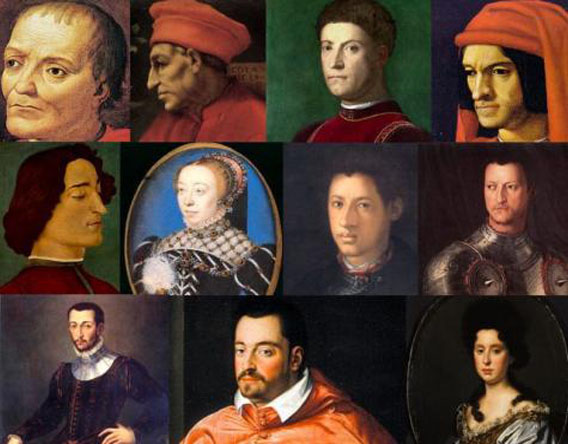
Sembra che tutte le cose buone un giorno debbano finire, come fece la dinastia dei Medici a metà del ‘700. È difficile credere che una famiglia così potente possa appassire e svanire, ma nel 1743 Anna Maria Luisa de’ Medici, la vedova Elettrice Palatina, l’ultima rimasta dei Medici morì di “oppressione sul petto” (come è stato scritto in una lettera di Sir Horace Manna, un britannico residente a Firenze). Diverse teorie sono state ipotizzate: che Anna Maria ad esempio sia morta all’eta di 75 anni di sifilide contratta dal marito, oppure di cancro del seno dopo una lunga e dolorosa lotta con la malattia. Povera donna! Che maniera di scomparire!
But it seems all good things one day must end, as did the Medici dynasty in the mid-1700s. Hard to believe that such a powerful family could wither and fade, but by 1743 Anna Maria Luisa de Medici Dowager Electress Palatine, the last remaining Medici, died of “oppression on the breast” (as written in a letter by Sir Horace Manna, a British resident in Florence). Various theories have been bandied about that Anna Maria died at 75 from either syphilis contracted by her husband or from breast cancer after a long and painful battle with the disease. Poor woman! What a way to go!
Ironia della sorte, ha preso la esumazione delle sue ossa, nel febbraio 2013 per tacere le voci che era morta di sifilide. Non sono stati rilevati segni di sifilide in fase avanzata, ma grazie ad un barattolo di sue viscere che è stato sepolto con la salma nella tradizione dei Medici, l’analisi è ancora in corso per quanto riguarda le altre probabili cause di morte.
Ironically it took the raising of her bones in February 2013 to put to rest the rumors that she had died from syphilis. No signs of late-stage syphilis were detected. Thanks to a jar of her entrails that was buried along with the corpse in the Medici tradition, analysis is still being carried out regarding other likely causes of death.
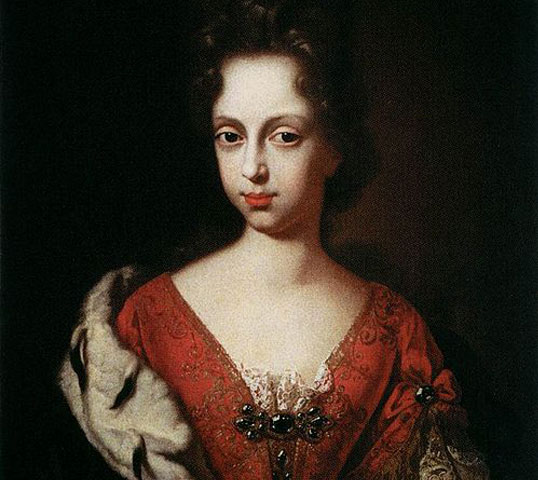
A mio parere, la “oppressione sul petto” di cui è morta Anna Maria era la consapevolezza che con lei morivano le ultime tracce del potente clan dei Medici. Una situazione così triste, ma fortunatamente, questa storia ha un lato felice. Anna Maria era una patrona d’arte come i suoi parenti e una donna intelligente! Firenze continua ad essere un vero e proprio scrigno d’arte grazie al lavoro dell’ultimo membro della famiglia Medici.
If you ask me, the “oppression on the breast” that Anna Maria died from was the knowledge that with her died the last traces of the powerful Medici clan. Such a sad situation, but fortunately, this story has a happy side. Anna Maria was a patron of the arts like her relatives and a clever-clever woman! Florence continues to be a real treasure trove of art thanks to the work of the last member of the Medici family.
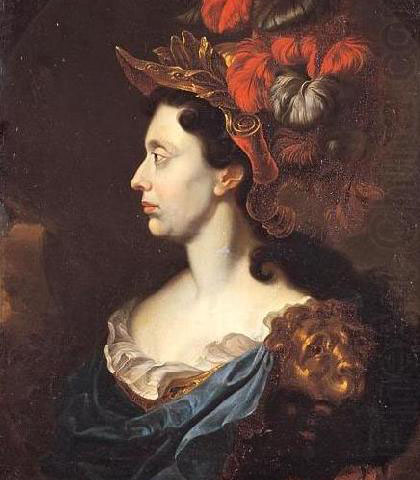
Firenze conserva intatti i suoi tesori e sedici anni dopo la morte di Anna Maria de’ Medici, la Galleria degli Uffizi, costruita da Cosimo il Grande, viene aperta al pubblico. Prima di morire, l’ultima cosa che Anna Maria ha fatto è stato creare ciò che è conosciuto come il “Patto di famiglia.” Questo atto proteggeva e limitava a Firenze la stragrande maggioranza dell’arte che oggi si trova nella Galleria degli Uffizi, Palazzo Pitti, Palazzo Vecchio, la Biblioteca Laurenziana, la Biblioteca Magliabecchiana, la Biblioteca Palatina e gran parte del Bargello.
Florence kept her treasures intact, and sixteen years after Anna Maria de’ Medici’s death, the Uffizi Gallery, built by Cosimo the Great, was opened to the public. Before dying, the last thing Anna Maria did was to create what is known as the “Family Pact.” This act protected and restricted the vast majority of art that is now in the Uffizi Gallery, Pitti Palace, Palazzo Vecchio, the Laurenziana Library, Magliabecchiana library, Palatine library, and a large chunk of the Bargello to remain in Florence.
Questo atto salvò da solo l’immenso patrimonio artistico raccolto dai Medici nell’arco di tre secoli; tutta l’arte medicea rimase unita a Firenze invece di soccombere al destino di altre tenute ducali italiane che dovettero vendere i loro tesori a compratori europei, disperdendo le loro collezioni in tutto il mondo.
This act single-handedly saved the immense artistic patrimony collected by the Medicis over three centuries; all Medici art remained together in Florence instead of succumbing to the fate of other Italian ducal estates that had to sell their treasures to European buyers, dispersing their collections all over the world.
Ogni anno, nell’anniversario della sua morte, Firenze celebra Anna Maria de’ Medici con una processione speciale. Sono sicuro che la città si rende conto che sarebbe solo l’ombra del suo sé attuale senza il suo patrimonio artistico spettacolare. Quindi penso che sia molto bello, incredibile in realtà, che Firenze, dopo quasi 300 anni, continui a rendere omaggio alla donna che ha salvato la collezione della sua famiglia e l’ha lasciata in eredità alla città per continuare a prosperare e prosperare.
Now every year on the anniversary of her death, Florence celebrates Anna Maria de Medici with a special procession. I’m sure the city realizes it would be a mere shadow of its present-day self without its spectacular art patrimony. So I think it quite lovely, incredible actually, that Florence, after almost 300 years, continues to pay tribute to the woman who saved her family’s collection and bequeathed it to the city so it could continue to flourish and prosper.
Anna Maria de’ Medici avrebbe potuto morire a malincuore per essere l’ultima della linea medicea. Tuttavia, pur essendo senza figli, trovò ancora molto abilmente il modo di lasciare al mondo un dono duraturo, garantendo così il proseguimento del nome dei Medici. Lasciando in eredità alla città di Firenze il patrimonio artistico incommensurabile dei Medici, si assicurò che il nome dei Medici vivesse per sempre attraverso l’arte che la famiglia nutriva e incoraggiava fin dai tempi di Cosimo per le generazioni a venire.
Anna Maria de Medici may have died with a heavy heart to be the last of the Medici line. However, despite being childless, she still very cleverly found a way to leave the world a lasting gift, thus ensuring the continuation of the Medici name. By bequeathing to the city of Florence the Medici’s immeasurable artistic heritage, she made sure that the Medici name would live on forever through the art that the family nurtured and encouraged since the time of Cosimo for generations to come.
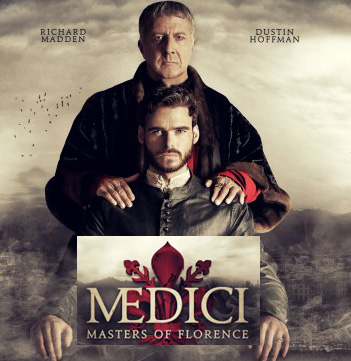
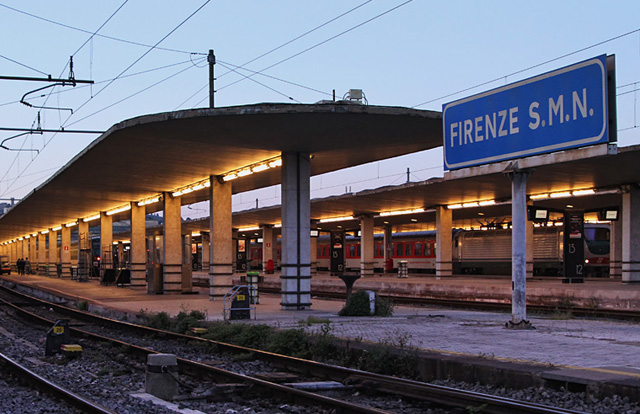
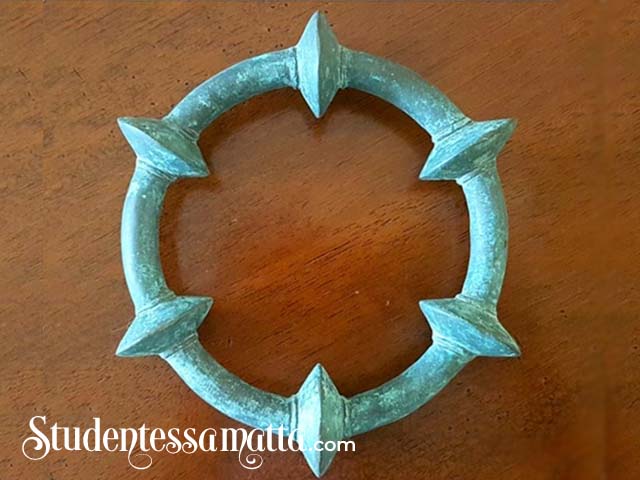
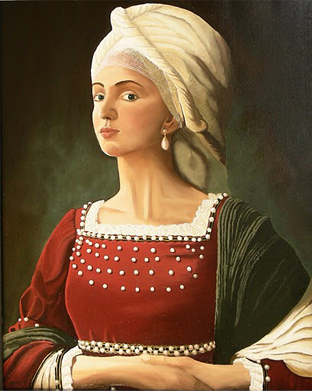


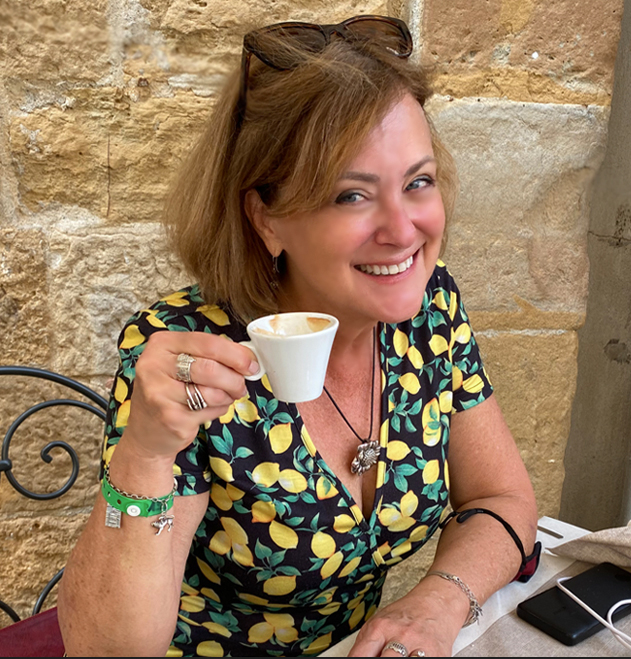
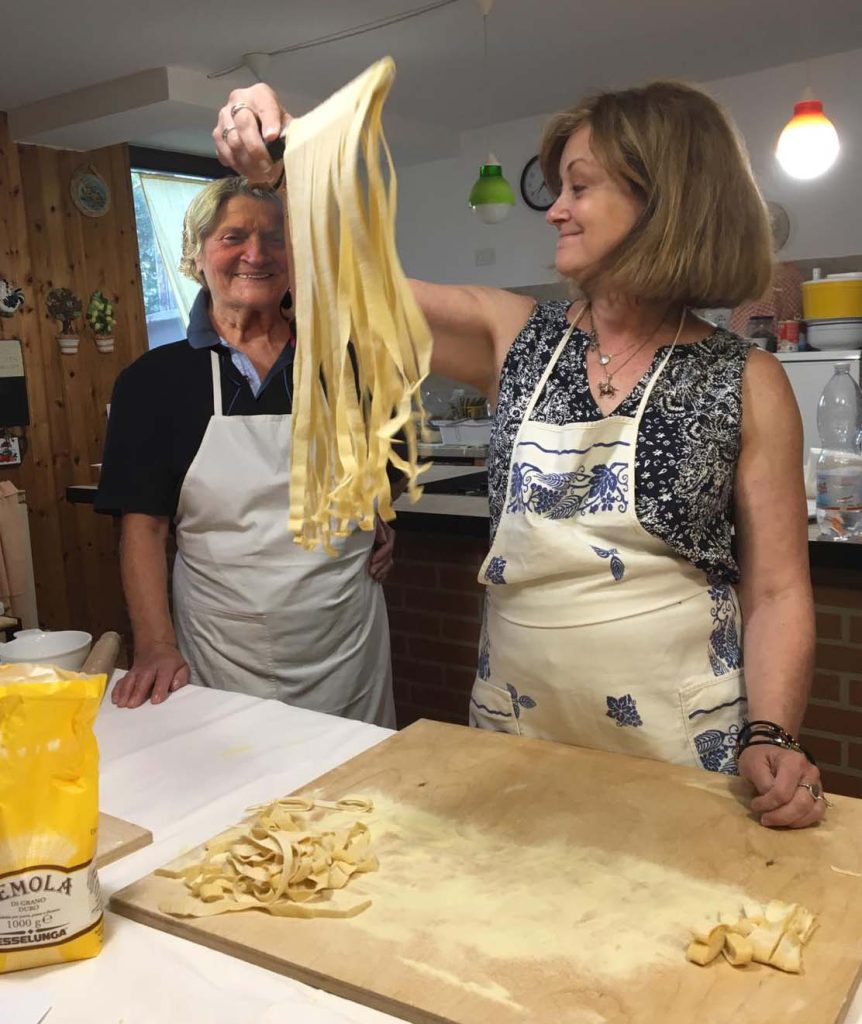
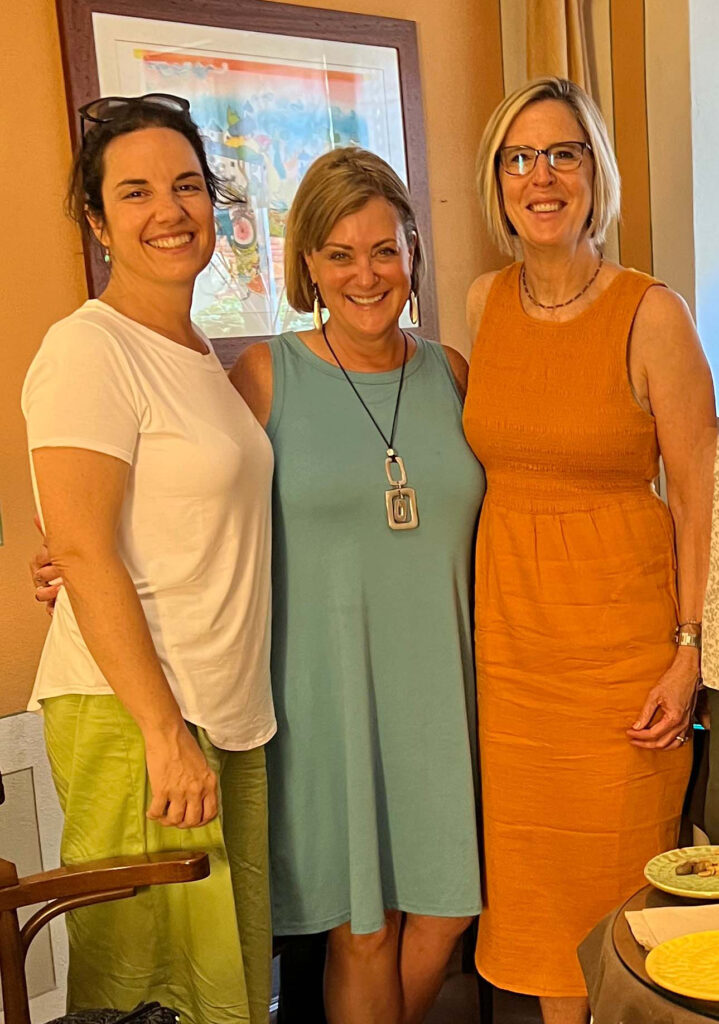
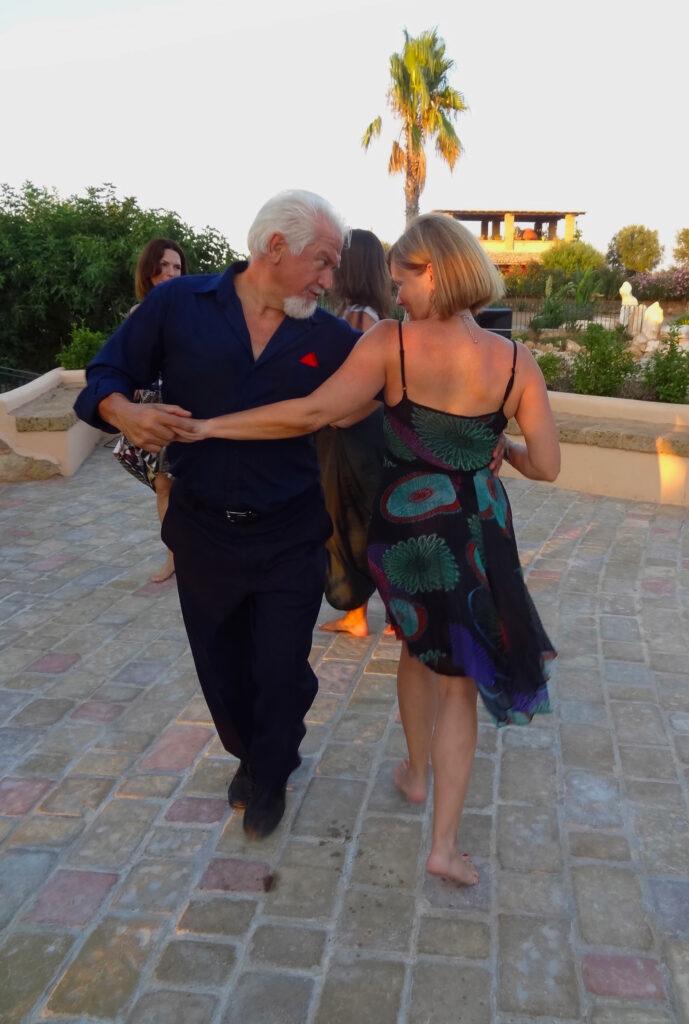


Interessantissimo, piacevole lettura e scritto benissimo, come sempre! Brava Melissa